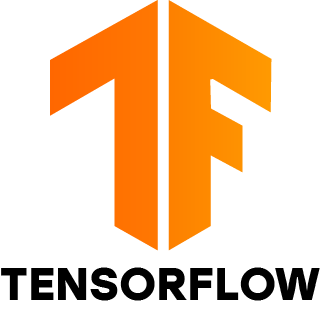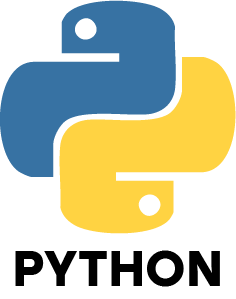1. What distinguishes data science from conventional data analysis?
Ans:
Data science is an advanced field that focuses on extracting insights from large and complex datasets using programming languages like Python, machine learning algorithms, and statistical methods. On the other hand, traditional data analysis emphasizes summarizing historical data, generating basic reports, and identifying past trends, whereas data science provides predictive power and solves deeper, more complex business problems using automation and intelligent systems.
2. What Is the Difference Between Supervised and Unsupervised Learning?
Ans:
In supervised learning, models are trained using labeled datasets, where the inputs and corresponding outputs are known in advance—similar to learning with a guide. Unsupervised learning, however, uses unlabeled data, where the algorithm identifies hidden structures or patterns within the dataset on its own, such as customer segmentation or clustering.
3. What Does Overfitting Mean in Machine Learning, and How Can It Be Avoided?
Ans:
Overfitting happens when a model becomes too tailored to the training data, including noise and outliers, which reduces its performance on unseen data. To mitigate this, practitioners often use cross-validation, model simplification, and regularization techniques to ensure the model generalizes well.
4. Can You Explain the Bias-Variance Tradeoff?
Ans:
The bias-variance tradeoff is a key concept in machine learning where one must balance:
- Bias: Errors from simplistic assumptions that can cause underfitting.
- Variance: Sensitivity to training data fluctuations, often leading to overfitting.
An optimal model finds the right balance between bias and variance for better generalization.
5. What Are the Main Differences Between Python and R in Data Science?
Ans:
Python is preferred in the industry for building scalable data science and machine learning applications due to its flexibility and vast library support. R, on the other hand, is more specialized for statistical analysis and data visualization, making it ideal for research, academic, and analytical work.
6. How Do You Manage Missing Data in Datasets?
Ans:
7. What Does Feature Engineering Involve?
Ans:
Feature engineering refers to creating new, relevant variables from raw data to boost a model’s predictive ability. It involves transforming, combining, or extracting features that make patterns more visible to machine learning algorithms.
8. What Is the Difference Between Classification and Regression?
Ans:
Classification is used to predict categorical outcomes (e.g., spam or not spam), while regression predicts continuous values (e.g., house prices, income). Both are types of supervised learning, but they solve different kinds of problems.
9.What Is a Confusion Matrix in Classification Tasks?
Ans:
A confusion matrix is a tool used to evaluate the performance of classification models. It shows the number of:
10. How Are Precision and Recall Defined?
Ans:
- Precision: The proportion of correct positive predictions among all positive predictions.
- Recall: The proportion of actual positives that were correctly identified.These metrics are essential for assessing a classification model’s effectiveness, especially in imbalanced datasets.
11.What Is Cross-Validation and Why Is It Useful?
Ans:
Cross-validation is a technique used to evaluate a machine learning model's ability to generalize. It involves splitting the dataset into training and testing sets multiple times to ensure the model performs consistently across different subsets of the data.
12.What Role Does Regularization Play in Machine Learning?
Ans:
Regularization helps prevent overfitting by penalizing large coefficients in the model. This leads to simpler, more generalizable models. Common techniques include L1 (Lasso) and L2 (Ridge) regularization, both of which add a constraint to the loss function.
13.What Is a Decision Tree and How Does It Function?
Ans:
A decision tree is a visual, tree-like model used for classification and regression tasks. It works by asking a sequence of yes/no questions (splits) based on input features, leading to a final decision or prediction at the leaf node.
14.How Do Bagging and Boosting Differ?
- Bagging: Builds multiple independent models and aggregates their outputs to reduce variance and improve stability.
- Boosting: Constructs models sequentially, where each new model learns from the errors of the previous one, thereby reducing bias and improving performance.
15.What Is Dimensionality Reduction and Why Is It Important?
Ans:
Dimensionality reduction is the process of reducing the number of input features in a dataset while retaining the most critical information. Techniques like PCA (Principal Component Analysis) help simplify models, reduce overfitting, and improve computational efficiency in data science workflows.





















